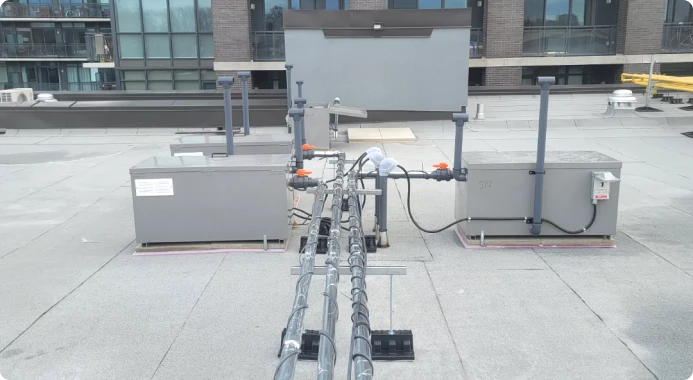 Addressing Mold
Addressing Mold
Problems at Their Root
At The Bearstar Group, we recognize that mould concerns typically stem from underlying moisture-related problems, such as leaky pipes, roofs, or foundations.
This is why we've meticulously crafted a well-defined process to swiftly and effectively resolve your mould issues. Our adept team will:


 How Does Radon
How Does Radon
Enter Your Buildings?
The soil surrounding a building's foundation typically has higher air pressure than the indoor environment. This pressure differential creates a vacuum, drawing radon and other gases into the building through any available openings.
Radon can infiltrate a structure through cracks in foundation floors and walls, construction joints, gaps around service pipes, support posts, window casements, floor drains, sumps, or cavities within walls.
 Radon Levels in Canada
Radon Levels in Canada
Radon is prevalent in buildings across Canada due to the widespread presence of uranium in the earth's crust. The concentration of radon gas varies depending on the amount of concealed minerals and soil, resulting in varying levels even among nearby buildings of similar size. To determine the radon levels in your building, testing is essential.

For levels exceeding 200 Bq/m³ (Canadian guideline), hire a certified radon professional from C-NRPP. Common mitigation involves sub-slab depressurization systems, effectively reducing radon by over 80%.
Ventilation and sealing help, too, but effectiveness varies based on initial levels and building characteristics. Prioritize radon testing and mitigation for a healthier living environment.
